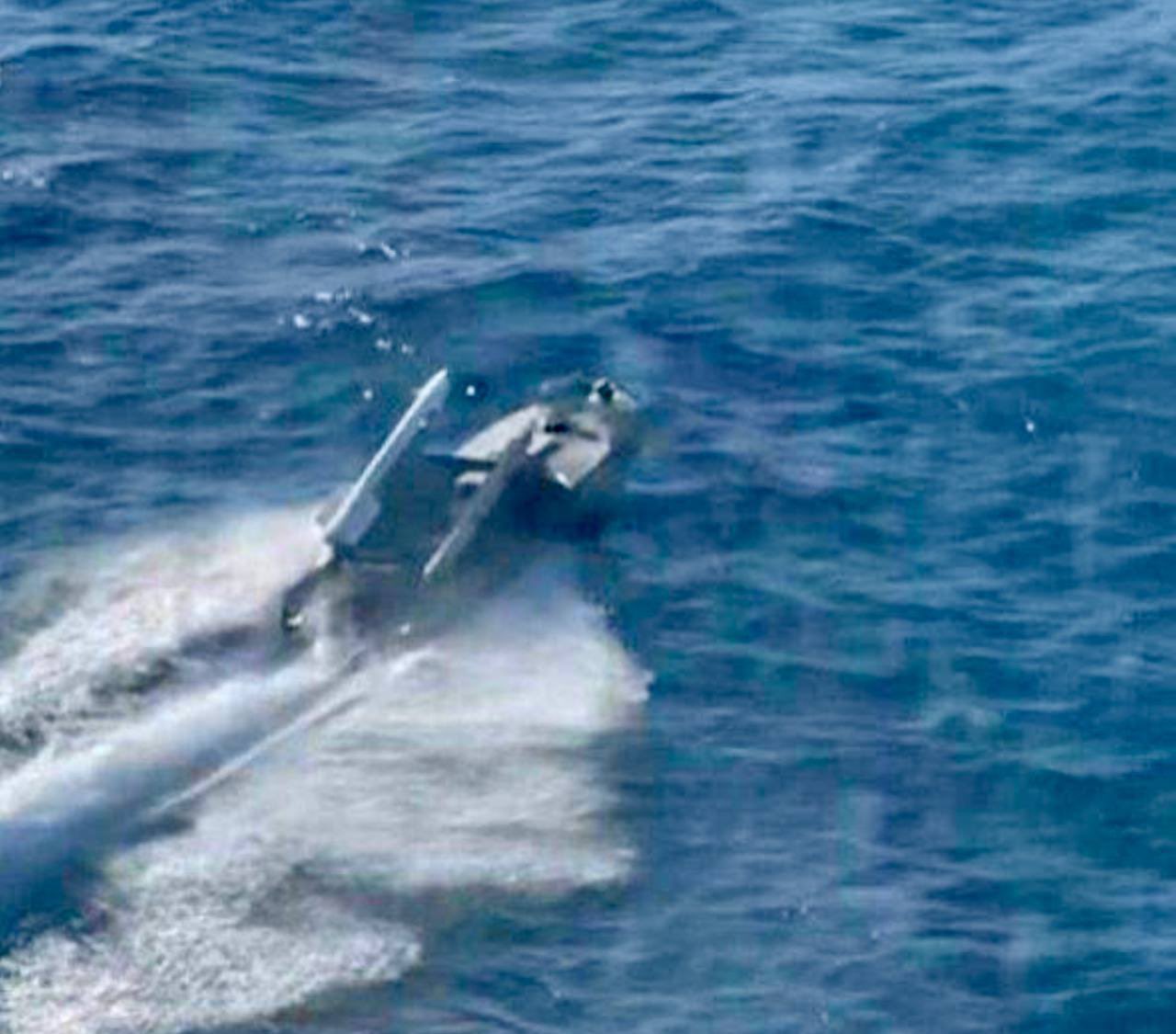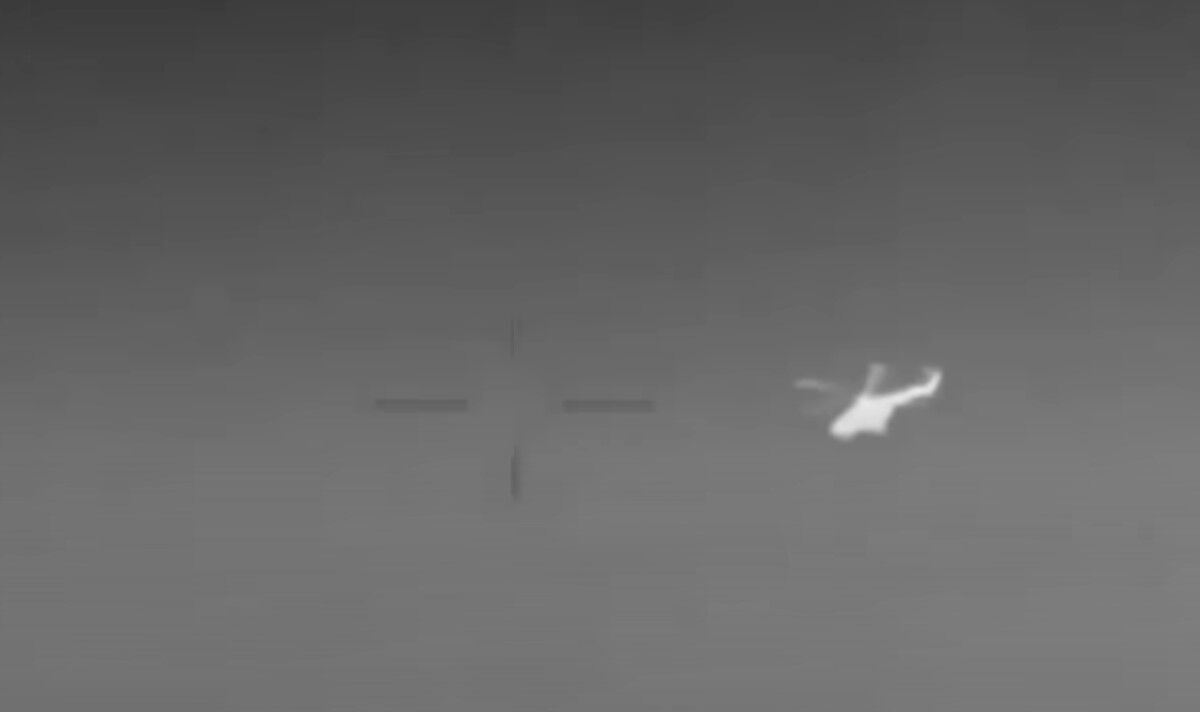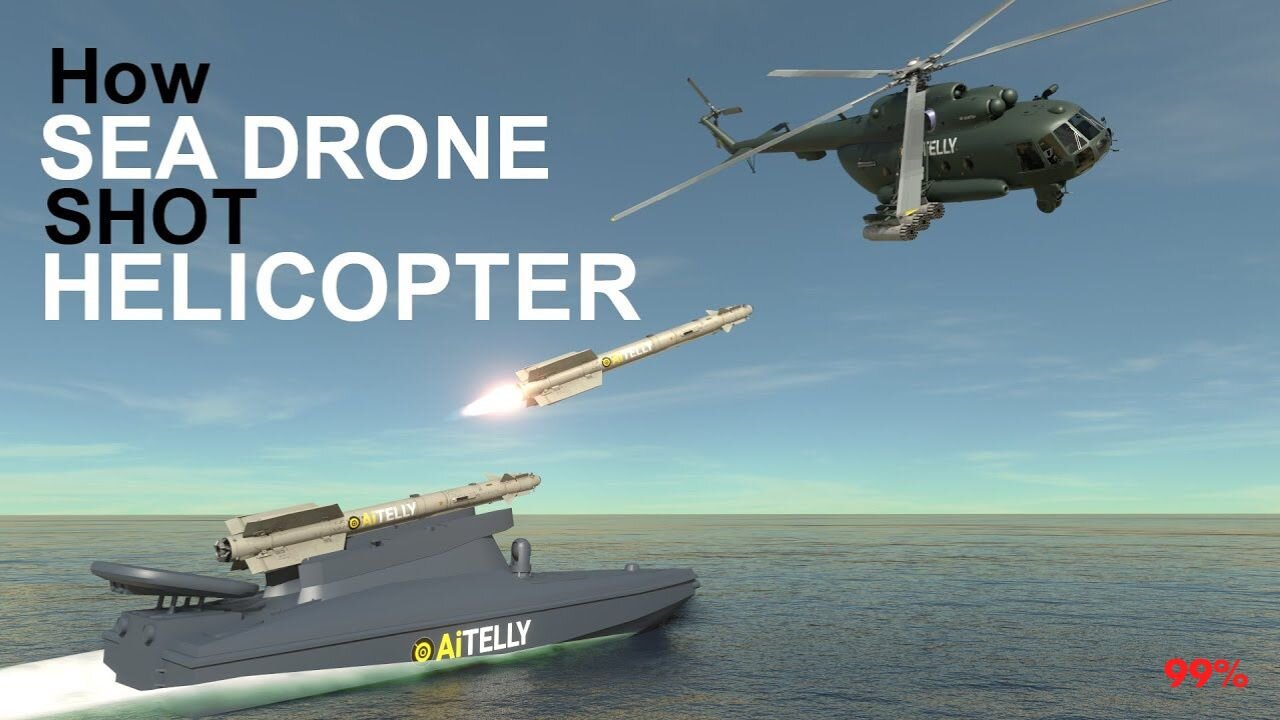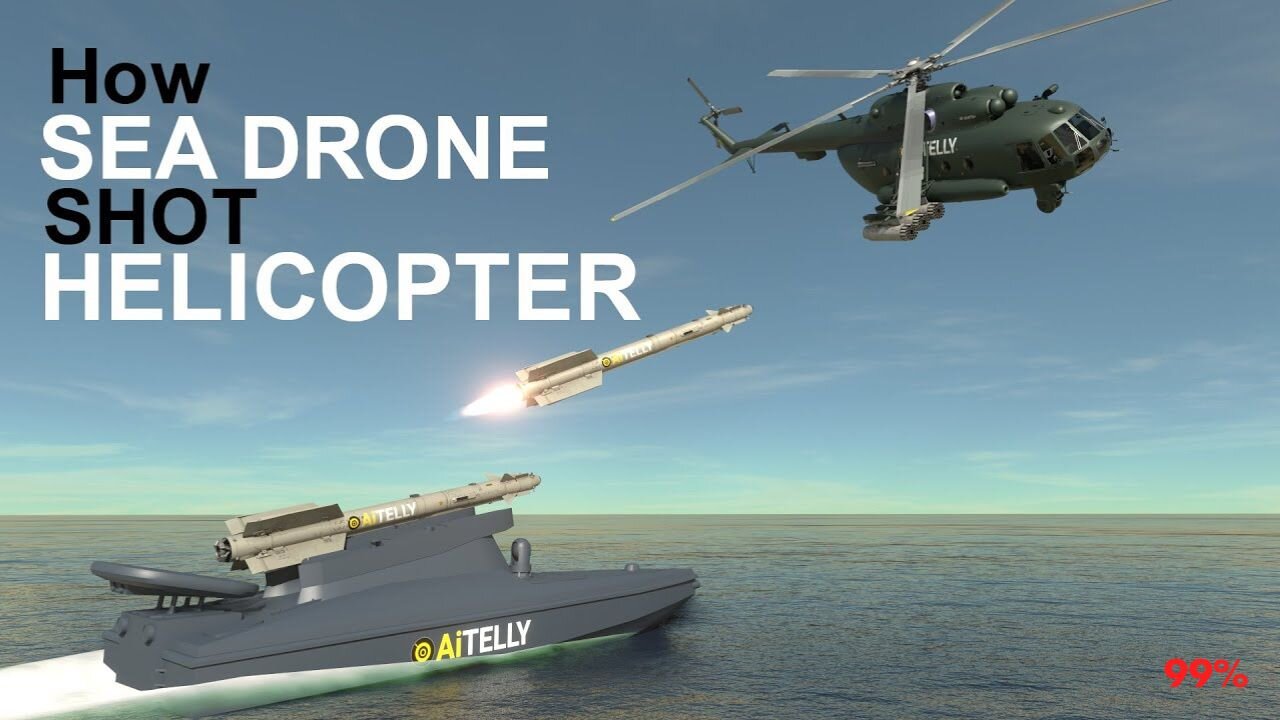Magura V5 Sea Drone: Dive into the world of underwater exploration with this powerful and versatile autonomous underwater vehicle (AUV). This guide will equip you with a comprehensive understanding of its capabilities, from technical specifications and operational modes to payload integration and maintenance. We’ll explore its real-world applications and delve into the software and control systems that make it a leader in its field.
Get ready to unlock the secrets of the deep!
We’ll cover everything from the Magura V5’s impressive technical specs—think robust build, powerful propulsion, and advanced sensor integration—to its practical applications in diverse fields like underwater inspection, search and rescue, and scientific research. We’ll also look at how easy it is to operate and maintain this innovative piece of technology.
Magura V5 Sea Drone: A Deep Dive
The Magura V5 represents a significant advancement in underwater drone technology, offering a robust platform for a wide range of subsea applications. This article provides a comprehensive overview of its technical specifications, operational capabilities, payload integration, software, maintenance, and illustrative examples of its use in various fields.
Magura V5 Sea Drone: Technical Specifications

The Magura V5 boasts impressive technical specifications, designed for both efficiency and durability in challenging underwater environments. The following table details its key features.
| Specification | Value | Specification | Value |
|---|---|---|---|
| Length | 1.2 meters (example) | Weight (in air) | 25 kg (example) |
| Width | 0.8 meters (example) | Weight (in water) | 5 kg (example) |
| Height | 0.5 meters (example) | Materials | High-strength marine-grade aluminum and composite materials (example) |
| Maximum Depth | 300 meters (example) | Power Source | High-capacity rechargeable lithium-ion battery (example) |
| Propulsion System | Four independent thrusters for precise maneuverability (example) | Operational Temperature | 0°C to 35°C (example) |
The drone’s propulsion system, consisting of four independently controlled thrusters, allows for exceptional maneuverability in diverse underwater conditions, including strong currents and confined spaces. Its efficiency is optimized for extended operational time on a single charge.
Magura V5 Sea Drone Operational Capabilities
The Magura V5 offers a range of operational modes to suit various mission requirements.
The operational range is approximately 1000 meters (example) with a maximum operational depth of 300 meters (example). The drone supports autonomous operation via pre-programmed missions, manual control via a user-friendly interface, and a hybrid mode combining both autonomous and manual control for enhanced flexibility. Real-world deployments include underwater pipeline inspections, search and rescue operations, and scientific research expeditions.
Magura V5 Sea Drone: Payload and Sensor Integration
The Magura V5 is designed for modular payload integration, allowing users to adapt the drone to specific mission needs.
- High-definition cameras for visual inspection and data recording.
- Sonar systems for mapping and object detection.
- Water quality sensors for measuring temperature, salinity, and other parameters.
- Manipulators for sample collection and intervention tasks.
Sensor integration involves a straightforward process of attaching the chosen sensor to designated mounting points on the drone’s frame. Data acquisition is managed through the drone’s onboard computer, which transmits data wirelessly to the control station.
- Advantages: Enhanced data collection capabilities, increased mission versatility, improved situational awareness.
- Limitations: Increased weight and power consumption, potential for sensor interference, cost of additional sensors.
Magura V5 Sea Drone: Software and Control Systems

The Magura V5 utilizes intuitive software for mission planning and execution.
The user interface is designed for ease of use, even for operators with limited experience in underwater robotics. Data transmission between the drone and the control station employs robust and reliable communication protocols ensuring a stable connection, even in challenging environments. Mission planning involves defining waypoints, setting operational parameters, and selecting the desired payloads. Execution involves deploying the drone, monitoring its progress, and retrieving the collected data.
Magura V5 Sea Drone: Maintenance and Durability
Regular maintenance is crucial for ensuring the Magura V5’s longevity and optimal performance.
- Inspect the drone’s external components for any signs of damage or corrosion after each mission.
- Clean the drone’s hull and propellers with fresh water to remove any salt deposits or debris.
- Inspect and lubricate moving parts according to the manufacturer’s recommendations.
- Charge the battery after each use and store it in a cool, dry place.
- Perform a full system check before each mission to ensure all components are functioning correctly.
The Magura V5 is constructed from high-strength marine-grade materials, making it highly resistant to saltwater corrosion and extreme temperatures. With proper maintenance, the drone boasts an expected lifespan of several years (example).
Magura V5 Sea Drone: Illustrative Examples

The Magura V5 has proven its versatility across various applications.
Underwater Inspection of an Offshore Oil Rig: A Magura V5 was deployed to inspect the hull of an offshore oil rig in rough seas. The drone, equipped with high-definition cameras and sonar, successfully navigated the challenging environment and captured detailed images and video footage of potential structural damage, providing critical data for maintenance planning. Environmental conditions included strong currents and limited visibility.
Search and Rescue Operation: In a simulated search and rescue scenario, the Magura V5 was used to locate a submerged object in murky water. The drone’s sonar system successfully pinpointed the object’s location, demonstrating its effectiveness in challenging visibility conditions. The operation highlighted the drone’s value in time-sensitive situations.
Scientific Research Expedition: A Magura V5 was utilized in a deep-sea research expedition to collect water samples and conduct biological surveys. The drone’s ability to maneuver precisely and collect data at various depths provided invaluable insights into the deep-sea ecosystem. Data collected included water temperature, salinity, and images of various marine species.
End of Discussion
The Magura V5 Sea Drone represents a significant advancement in underwater robotics, offering unparalleled capabilities for various applications. Its robust design, user-friendly interface, and adaptability to diverse payloads make it an invaluable tool for researchers, industrial inspectors, and emergency responders alike. As we’ve seen, its potential to revolutionize underwater operations is vast, promising safer, more efficient, and more effective missions in the challenging underwater environment.
From exploring the ocean depths to inspecting critical infrastructure, the Magura V5 is poised to redefine what’s possible beneath the waves.
General Inquiries: Magura V5 Sea Drone
What is the battery life of the Magura V5?
Battery life varies depending on operational conditions and payload usage, but typically ranges from 4-6 hours.
How deep can the Magura V5 dive?
The maximum operational depth is typically specified by the manufacturer and may vary based on configuration. Check the manufacturer’s specifications for precise details.
What types of cameras are compatible with the Magura V5?
Compatibility depends on the specific payload bay and connectors. Consult the manufacturer’s documentation for a list of compatible cameras and sensors.
Is the Magura V5 easy to repair?
While routine maintenance is straightforward, major repairs often require specialized tools and expertise. Contact the manufacturer or an authorized service center for assistance.
